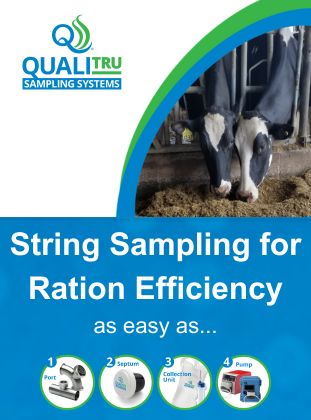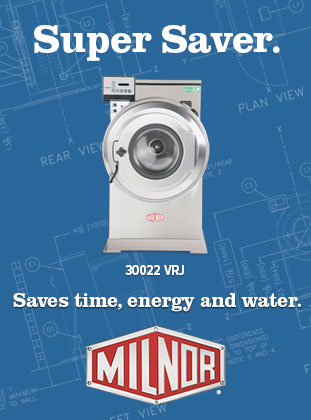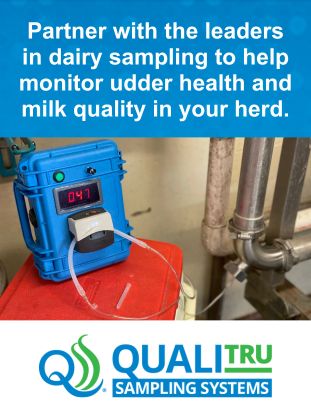Articles
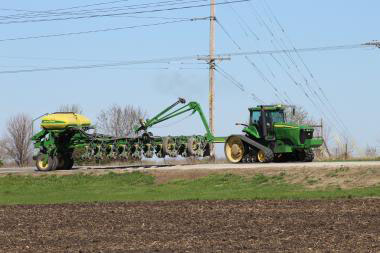
Roadway Safety Tips for Motorists and Farmers during Planting Season
As temperatures rise, rural roadways will soon see an increase in farm equipment. AMES, Iowa – Planting season has begun with vigor, and it is crucial for motorists to be aware of safety precautions while sharing the roadways with farm machinery. Steven Freeman, a professor in agricultural and biosystems engineering at Iowa State University, shares […]
READ MORE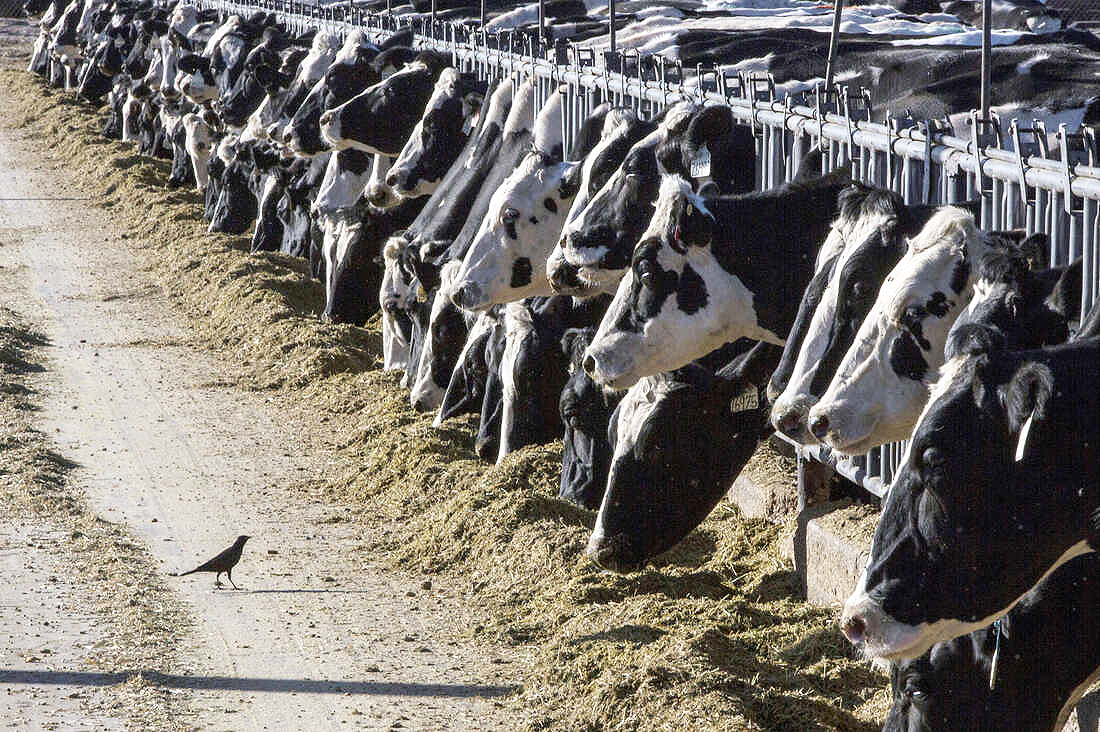
Tips for Managing HPAI (Highly Pathogenic Avian Influenza) Risk on Dairies
Tips for Managing HPAI (Highly Pathogenic Avian Influenza) Risk on Dairies By Heather Smith Thomas Avian influenza or “bird flu” is caused by infection with avian influenza Type A viruses. These viruses spread naturally among wild aquatic birds worldwide and can also infect domestic poultry and other bird and animal species. Bird flu viruses do […]
READ MORE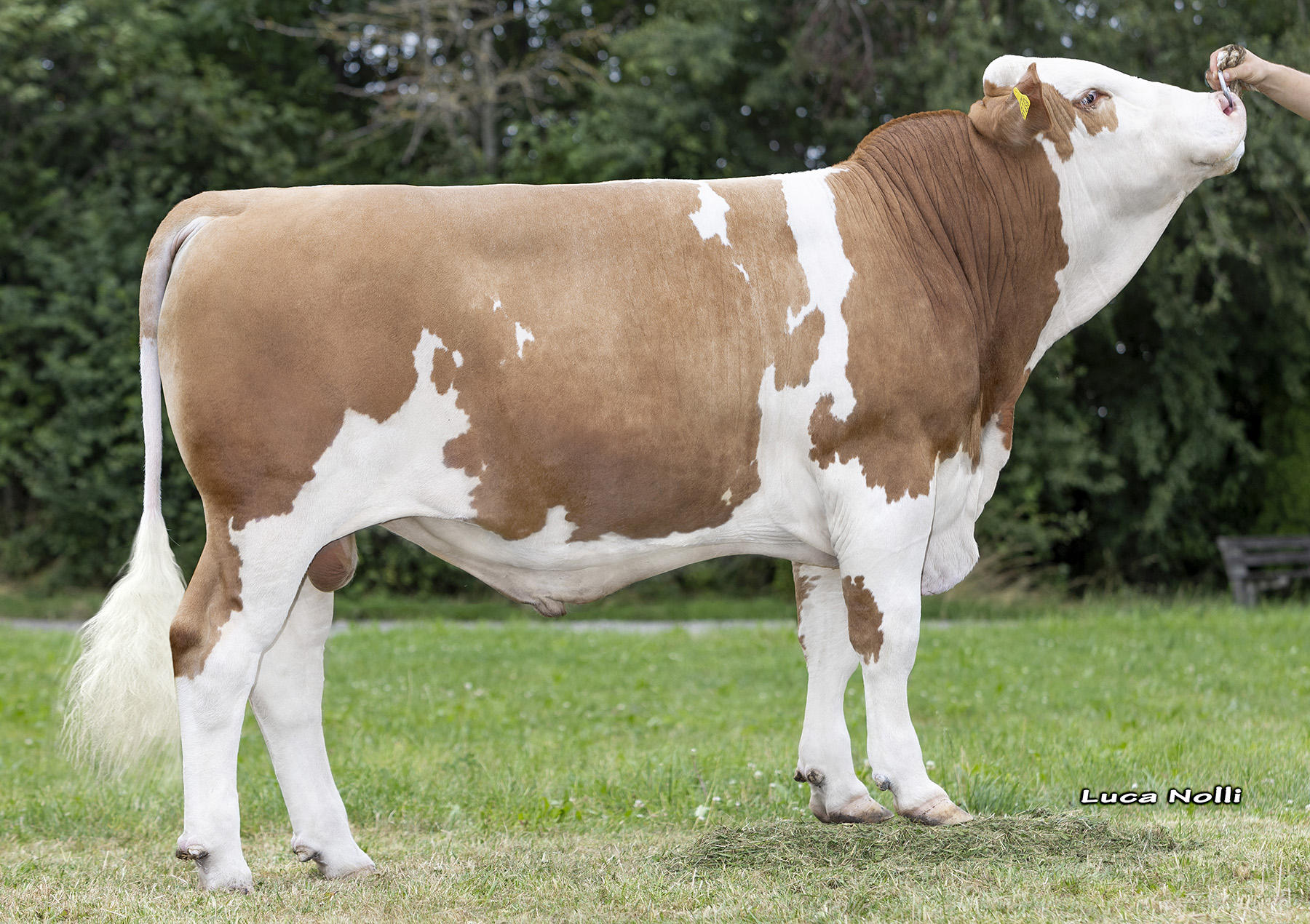
Broad CRV Fleckvieh range offers top-quality bulls for every breeding goal
Broad CRV Fleckvieh range offers top-quality bulls for every breeding goal Article and photo courtesy of CRV All Fleckvieh breeders have their own personal requirements. CRV’s Fleckvieh program offers a broad range of bulls that will always meet ones breeding goal, whether that is on kilos milk, on increasing fat and protein or on achieving […]
READ MORE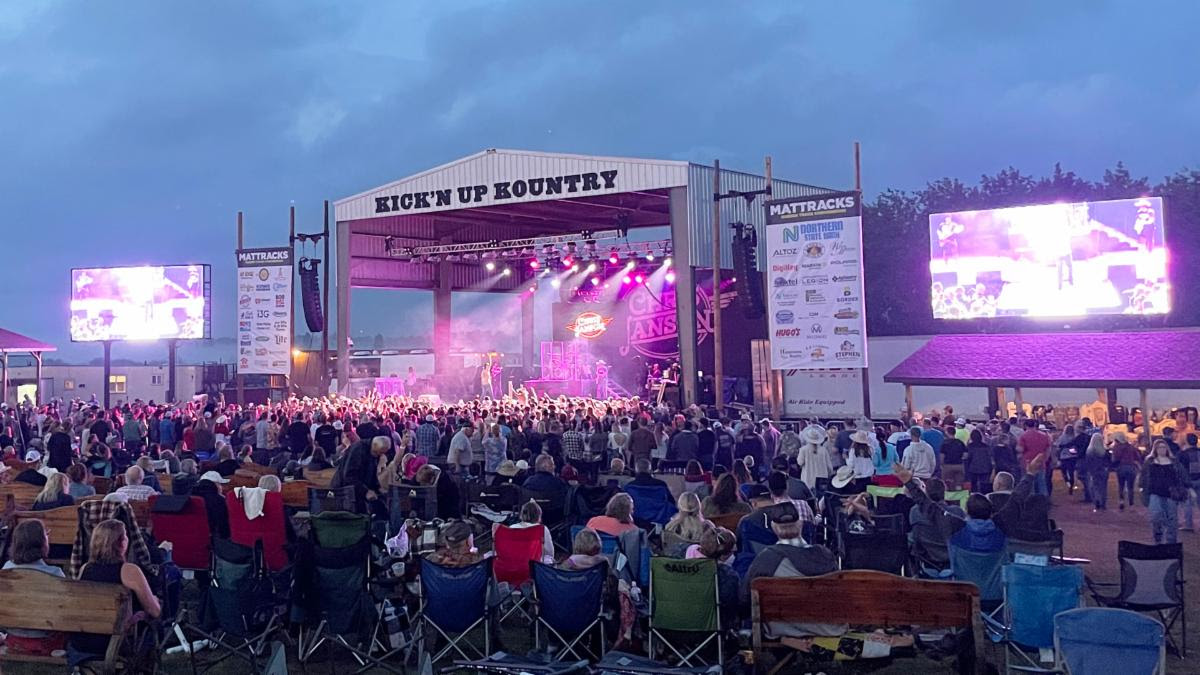
Mattracks Partners With Kick’n Up Kountry For 21st Year
Mattracks Partners With Kick’n Up Kountry For 21st Year Article and photo courtesy of Mattracks Karlstad, MN – April 23, 2024 – Mattracks has once again joined forces with Kick’n Up Kountry (KUK) in preparation for its highly anticipated 2024 music festival. Kick’n Up Kountry, which takes place annually at its permanent home at Wagon […]
READ MORE
